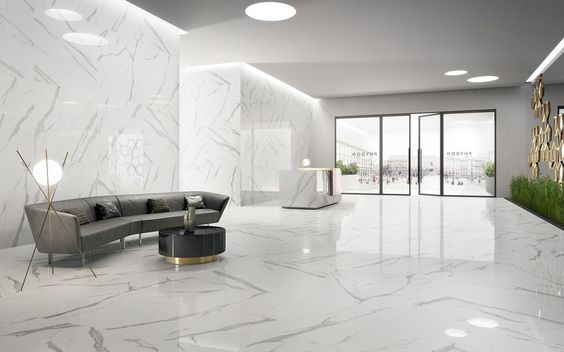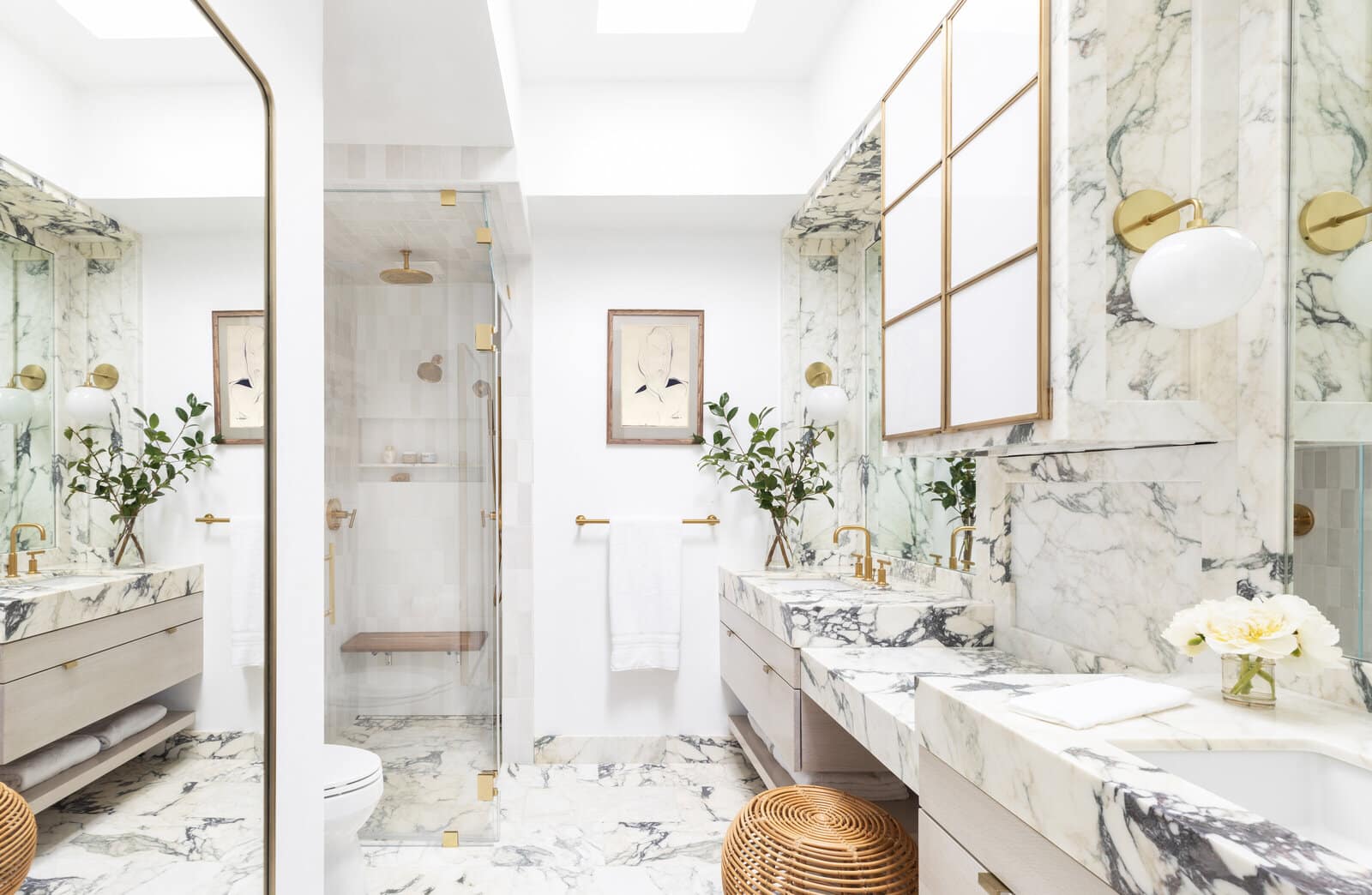
Travertine Marble for Modern Spaces
Travertine, a natural stone steeped in history, has long been an integral element in architectural and design masterpieces worldwide. From the majestic Coliseum in Rome to the iconic Basilique Du Sacre Coeur in Paris and the renowned Getty Center in Los Angeles, travertine marble graces these structures, enhancing their allure and grandeur.
In contemporary times, travertine marble continues to be a preferred choice, particularly for polished floor and wall tiles. Its distinctive porous texture imbues spaces with a natural aesthetic, making it a captivating option.
For those contemplating the inclusion of travertine tile in their homes, here’s a comprehensive guide to aid your decision-making process.
Understanding Travertine Marble:
Travertine, akin to other sedimentary rocks, forms under the persistent pressure and stress exerted by water. Primarily composed of calcium carbonate deposits from various hot springs and streams, travertine exhibits a spectrum of hues, ranging from pristine white to nuanced shades like beige, tan, and brown. Renowned for its durability, travertine has endured through the ages, retaining its timeless appeal.
It’s essential to note that while travertine is often referred to as marble in the market, it is distinct from both marble and granite. Its allure lies in its unique designs and warm, inviting colors.

Why Choose Travertine Marble:
Travertine stands out as a robust stone capable of withstanding high traffic and enduring impacts without sustaining significant damage. Over time, it develops a weathered patina that only enhances its beauty, adding character to any space.

The Advantages of Travertine Stone:
Travertine stone offers a myriad of benefits that set it apart from its counterparts:
- Durability: Whether in the form of ceramic, vitrified, or porcelain tiles, travertine proves resilient, making it suitable for areas subject to heavy footfall. Its versatility extends to both bathroom and kitchen applications, where combinations of dark and highlighter tiles create an elegant ambiance.
- Easy Maintenance: Unlike some other tile options, travertine requires minimal upkeep, with regular surface cleaning and mopping sufficient to keep it looking pristine. Occasional deep cleaning ensures its longevity.
- Low Water Absorption: With its minimal water-absorbing properties, travertine is less prone to cracking due to moisture, making it a reliable choice for areas exposed to water.
- Chemical Resistance: Travertine’s robust composition renders it resistant to chemical spills, safeguarding its surface integrity.

Applications of Travertine Marble:
From ancient Roman structures to modern architectural marvels, travertine finds extensive use in both interior and exterior settings. Its versatility is showcased in various applications:
- Countertops: The distinctive patterning and hues of travertine lend countertops a captivating aesthetic, elevating the visual appeal of any space.
- Backsplash: Complementing travertine countertops, a travertine backsplash adds a timeless elegance to kitchens and bathrooms.
- Fireplace Surrounds: Travertine enhances the allure of fireplace surrounds, imparting sophistication and charm.
- Walkways: Honed travertine proves ideal for walkways, combining durability with understated elegance.
- Interior Floors: Honed travertine flooring exudes a timeless allure, elevating interior spaces with its natural beauty.
- Patios and Pool Decks: Suitable for outdoor use, travertine’s slip-resistant properties make it an excellent choice for patios and pool decks, enhancing safety without compromising on aesthetics.
- Walls and Home Entrances: Whether indoors or outdoors, travertine adds a touch of natural beauty to walls and home entrances, leaving a lasting impression on visitors.

Travertine’s enduring popularity stems from its unmatched blend of strength, beauty, and versatility, making it an indispensable element in both historical landmarks and contemporary design projects.



